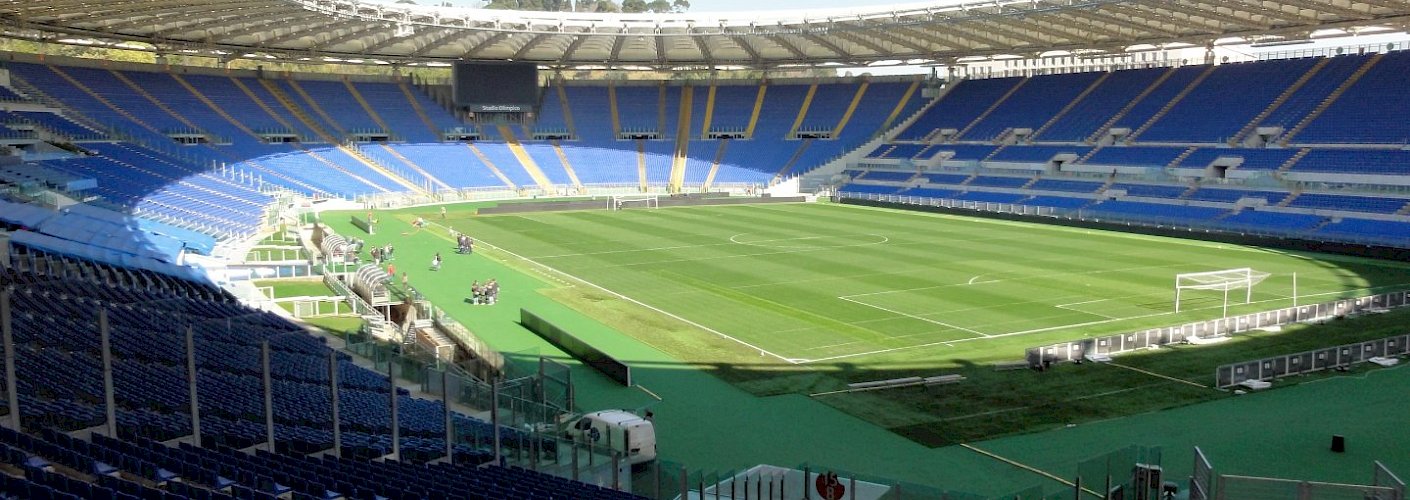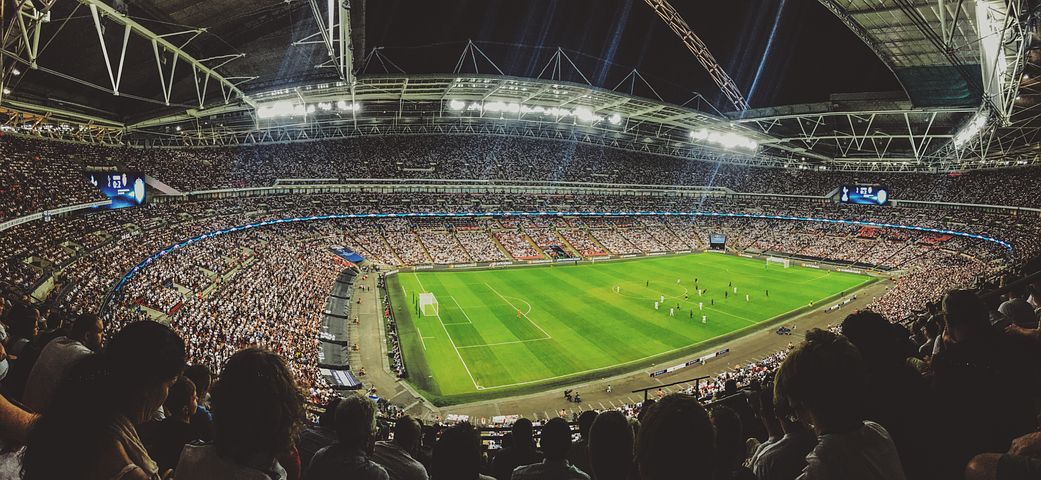This week's office debate tackles the merits of football in two football crazy countries
What makes a country's football superior to another's? Is it the quality of the top league? The money generated? The international success? Energy Travel's Commerical Director and supporter of both Blackburn Rovers and Perugia Calcio gives us his view.

Energy Travel has offices in England and Italy and one topic that has cropped up recently has been about which country has better football.
The Premier League has high crowd numbers, mega-deals with broadcasters, the reigning Fifa manager of the year in Jurgen Klopp and some of the most exciting players in the world. Italy's league has become predictable over the last decade with Juventus winning the scudetto 9 years in a row, before that it had the Calciopoli scandal and Catennacio (yes i use that as a pejorative). However, rather than using conjecture and short of bringing back the Anglo-Italian cup, I’ve decided to look at the following factors to see where each country sits right now:
- Fifa rankings of European Leagues
- TV valuation
- League structures and professionalism
- National team success
First, the answer to this question surely requires little research as UEFA handily has its own coefficient which measures the success of the various clubs taking part in European competition. England has a current score of 90.7 versus Italy’s score of 72.3 and with 7 clubs still in European action, that gap may well increase[1]. Article over, right?
However, the issue with this measurement is that it’s only really measuring the top of the respective iceberg. We all know that clubs such as Liverpool and Manchester City are extremely wealthy, with vast resources and Champions League success is a demand not a request. It’s not hard to understand why. The current Premier League TV deal is worth £5bn over 3 years[2] whilst in Italy, the proposed TV deal for is worth £1.6bn up to 2023[3] so Italy is certainly behind in terms of revenue.
Take a look at KPMG’s 2020 European club rich list[4] and you can then see that England has 9 clubs in the list including West Ham United and Leicester City whilst Italy only has 6 clubs. Deloitte places 8 English teams in the Top 20 of its list[5] with only 4 Italian teams making it (although this same list tells us that Barcelona were the richest club in Europe in 2020 whilst now they also seem to be in all sorts of financial difficulty[6]).

So, money does matter, and the Premier League has more of it right now. Better to have English wonga than Italian grana but I’m not sure this answers the question.
Many years ago when I was working in a ski resort in Italy I had a similar discussion with a quirky Italian barman who was a mad Milanista. I didn’t have any stats to hand, (it was the winter of 2007/08 and phones weren’t quite there yet) so my argument centred on the lower reaches of the game. I argued that the lower leagues of English football were much stronger, after all you have to go down to the 6th level of English football before it regionalises. Even this season Hartlepool are playing Torquay in the 5th tier National League, a round trip by road of 732 miles, it was the same back then. In Italy, football regionalises at the third level, called Serie C, where it divides the country into 3 geographical divisions, below that is Serie D, where there are 10 regionalised divisions.
My point at the time was that English football was healthier because it could support a national system. The argument still stands but the counterpoint to this is that England has approx. 115 professional teams, whilst Italy does have approx.100 professional teams and the argument can be made that regionalised leagues helps them survive by keeping travel costs low.
Yet, for lots of fans of Italian football, the lower reaches of Italian football don’t register. The average attendance in Serie C in 2018/19, the last completed season with fans, was 1,834[7]. As there are 3 divisions, the equivalent would be the average of England’s League One, League Two and National League, yet the average attendance in the National League alone in the same season was 1,977[8] (League One was 8,741 and League Two was 4,467).
The reason for this is that lots of fans have two teams. That is to say, they look out for their local team but in reality many supporters follow a big club, usually either Juventus, Inter or Milan[9]. More than that, they all support the Italian national team. Whilst we remain proud of 1966, only those of us born in the 50s or before have any real memories of that famous day in English football and certainly semi-final defeats are the best I can remember as an England fan.
